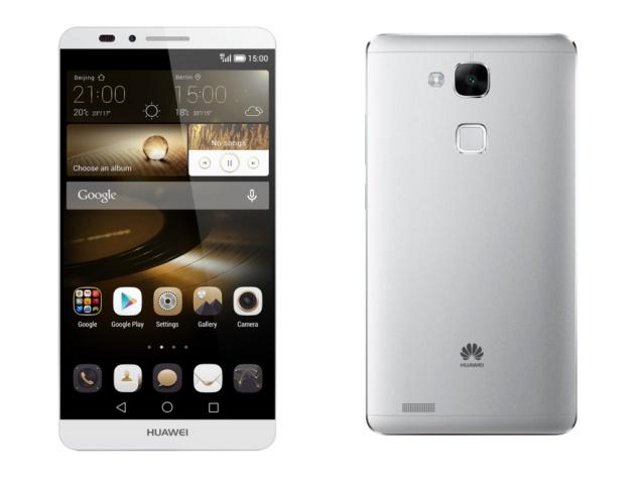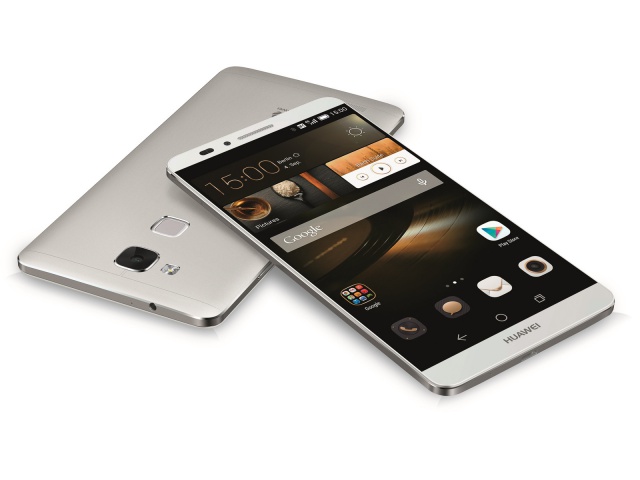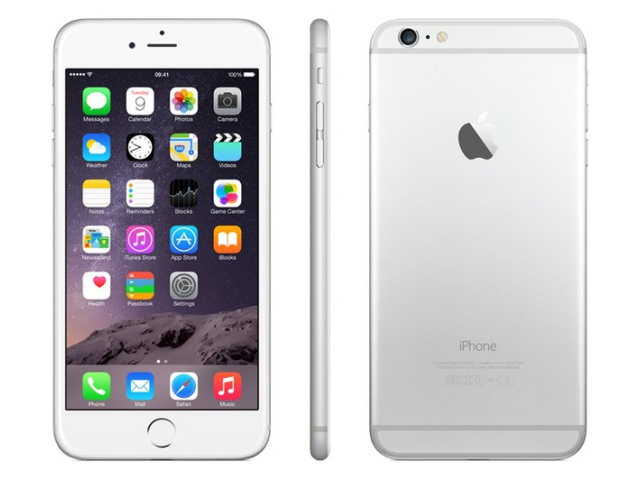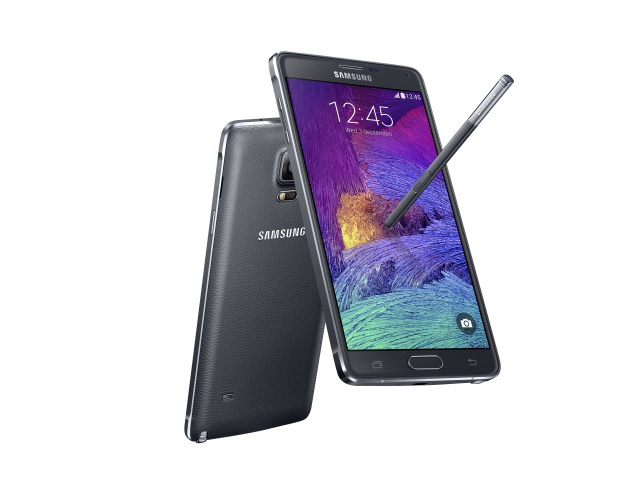Battle of the Phablets
By Robin-Leigh Chetty 28 April 2015 | Categories: sponsored content
Bigger, better, onwards and upwards - three hot phablets are vying for your attention. Here is what each one brings to the table.

Huawei Ascend Mate 7 (review)
The Discerning Choice
Starting things off is the biggest of all three, the 6" (1080x1920) Ascend Mate 7 from Chinese manufacturer Huawei. Sporting an enviable array of specs, the Ascend Mate 7 carries all the multitasking functionality one wants from a phablet, along with being the cheapest on the list at R9 300.
At 6", the Mate 7 could be misconstrued as being unwieldy, but at a relatively lightweight 185 g, it proves quite easy to handle. Added to this user friendliness is a sumptuous display that registers at a sharp 368 ppi pixel density. As such content looks crisp, with the slightly larger screen making video viewing and web browsing great in landscape and portrait modes respectively. Furthermore, the Mate 7 performs as good as it looks, with a octa-core Kirin 925 chipset found under the hood, as well as a generous 3 GB of RAM to ensure flipping between apps and screens is handled effortlessly.
Certainly on par with its phablet rivals on the processing performance, the Mate 7 undoubtedly trumps them in one regard - battery life. Huawei has opted for a sizeable 4100 mAh unit in the Mate 7, which delivers more than one day's battery life under heavy use.
WHY BUY?
For users who are a bit more cost savvy, and want to veer outside the Apple and Samsung realm of devices, the Ascend Mate 7 is a great phablet, with its killer battery life being a key standout.
Huawei Ascend Mate 7 Specs:
Display: 6.0" IPS LCD capacitive touchscreen; 368 ppi pixel density
Processor: HiSilicon Kirin 925 (quad-core 1.8 GHz Cortex-A15 and quad-core 1.3 GHz Cortex-A7)
Camera: 13 MP primary and 5 MP front-facing
OS: Android 4.4.2 (KitKat)

Apple iPhone 6 Plus
Finally Going BIG
The late Steve Jobs famously said that Apple would never make a phablet, but the iPhone 6 Plus proved quite the contrary, as the Cupertino-based company designed one of the bigger phablets out there at 5.5" (1080x1920). Perhaps thought of as a swollen iPhone 6, the 6 Plus is a standout device all its own, with Apple making the larger form factor sing using iOS 8.
Unlike the other phablets on this list, the iPhone 6 Plus seems the most under specced, with only 1 GB of RAM and a dual-core 1.4 GHz processor found inside its aluminium unibody. In spite of this, Apple has found a way to make the 6 Plus multitask with ease, as it quickly switches between apps and menus with no lag whatsoever. Adding to this surprising performance, is the shooting ability from its 8MP iSight camera on the rear, which captures very sharp images. Apple has also included a slew of camera modes including Slow-Mo video and filters which is sure to make Instagrammers very happy indeed.
The one area that the iPhone 6 Plus underperforms is its battery, with the 2915 mAh unit yielding less than one day's use from a full charge. A large reason for the this is the power used to surreptitiously keep open apps running in the background.
WHY BUY?
Those whose entire tech ecosystem revolves around Apple and iOS, no device handheld device brings it all together better than the iPhone 6 Plus.
Apple iPhone 6 Plus Specs:
Display: 5.5" IPS LCD capacitive touchscreen; 401 ppi pixel density
Processor: Apple A8 dual-core 1.4 GHz
Camera: 8 MP primary and 1.2 MP front-facing
OS: iOS 8 (upgradable to 8.3)

Samsung Galaxy Note 4
Feature Rich Flagship
Rounding up things is perhaps the safest choice from all three. Safest because there is absolutely no compromise in the Galaxy Note 4's performance, with Samsung improving every single element that this phablet has to offer. Along with being Samsung's premier handheld device, the Note 4 marked a design change for the South Korean manufacturer, as the well-made aluminium frame was mirrored by Samsung A Series of devices earlier this year. It also proved that Samsung could create a device that felt as premium on the outside, as it was on the inside.
Featuring a 5.7" (1440x2560) display, it touts the best pixel density of all three phablets at 515 ppi. As expected content is rich, bright and highly detailed, with only a handful of devices sporting a better looking display. Also impressive is its internal setup, with an octa-core Exynos 5433 chipset pulling duty on the processing front, along with 3 GB of RAM. As such, multitasking is easily managed, with the now even more powerful Samsung S-Pen (stylus) enhancing the phablet experience. When it comes to being a business or multitasking tool, the Note 4 has truly set the pace and is indeed the one phablet to try and beat.
WHY BUY?
For phablet enthusiasts who want a fully enriched experience, with the best stylus setup around and high quality specs throughout, the Galaxy Note 4 is the clear standout.
Samsung Galaxy Note 4 Specs:
Display: 5.7" Super Amoled; 515 ppi pixel density
Processor: Exynos 5433 (quad-core 1.3 GHz Cortex-A53 and quad-core 1.9 GHz Cortex-A57)
Camera: 16 MP primary and 3.7 MP front-facing
OS: Android 4.4.4 (KitKat) (upgradable to 5.0 Lollipop)
Most Read Articles

Have Your Say
What new tech or developments are you most anticipating this year?



